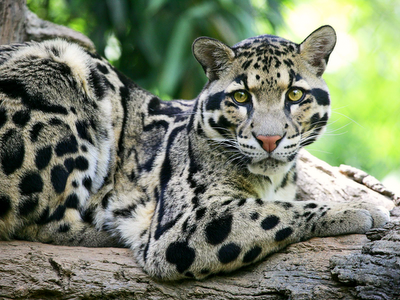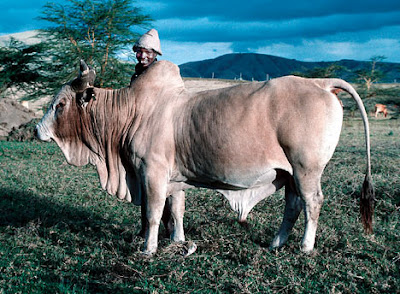The Life of Animals | Cichlid | Many cichlids, particularly tilapia, are Important food fishes, while others are valued game fish (eg Cichla species). Cichlids have the largest number of endangered species of Vertebrate Among families, most in the group haplochromine Cichlids are particularly well known for having evolved rapidly into a large number of closely related but morphologically diverse species within large lakes, particularly Tanganyika, Victoria, Malawi, and Edward . Cichlids are the most species-rich non-Ostariophysan family in freshwaters worldwide. It is estimated That Africa alone hosts at least 1.600 species. Central America and Mexico have approximately 120 species, as far north as the Rio Grande in southern Texas.

Cichlids span a wide range of body sizes, from species as small as 2.5 centimeters (0.98 in) in length (eg, female Neolamprologus multifasciatus) to much larger species approaching 1 meter (3.3 ft) in length (eg Boulengerochromis and Cichla). As a group, cichlids exhibit a similar diversity of body shapes, ranging from strongly laterally compressed species (Such as Altolamprologus, Pterophyllum, and Symphysodon) to Species That are cylindrical and highly elongate (Such as Julidochromis, Teleogramma, Teleocichla, Crenicichla, and Gobiocichla ).

If disregarding Trinidad and Tobago (where the native cichlids Few are members of the genera That are widespread in the South American mainland), the three species from the genus Nandopsis are the only cichlids from the Antilles in the Caribbean, specifically Cuba and Hispaniola. Europe, Australia, Antarctica, and North America north of the Rio Grande drainage have no native cichlids, although in Florida, Mexico, Japan and northern Australia feral Populations of cichlids have Become established as exotics Although most cichlids are found at Relatively shallow depths, Several exceptions do exist.

Several species of Tilapia, Sarotherodon, and Oreochromis are euryhaline and can disperse Brackish coastlines along the between rivers. Only A Few cichlids, however, primarily inhabit Brackish or salt water, most Etroplus maculatus Notably, Etroplus suratensis, and Sarotherodon melanotheron. Perhaps the most extreme habitats for cichlids are the warm hypersaline lakes where the members of the genera Alcolapia and Danakilia are found. With the exception of the species from Cuba and Hispaniola, cichlids have not reached any oceanic island and have a predominantly Gondwanan distribution, showing the precise sister relationships predicted by vicariance: Africa-South America and India-Madagascar. In 2010, the International Union for Conservation of Nature 184 species classified as vulnerable, 52 as endangered, and 106 as critically endangered.

Some have blood parrot cichlids Called "the Frankenstein monster of the fish world Another notable hybrid, the flowerhorn cichlid, was very popular in some parts of Asia from 2001 until late 2003, and is believed to bring good luck to its owner. The popularity of the flowerhorn cichlid Declined in 2004. Numerous cichlid species have been selectively Bred to develop ornamental aquarium strains. Other cichlids have been Bred for albino, leucistic, and xanthistic pigment mutations, including Oscars, convicts and Pelvicachromis Pulcher. Both dominant and recessive mutations have been observed pigment In convict cichlids, for example, a leucistic coloration is recessively inherited while in Oreochromis niloticus niloticus red coloration is Caused by a dominant inherited mutation.




















































